
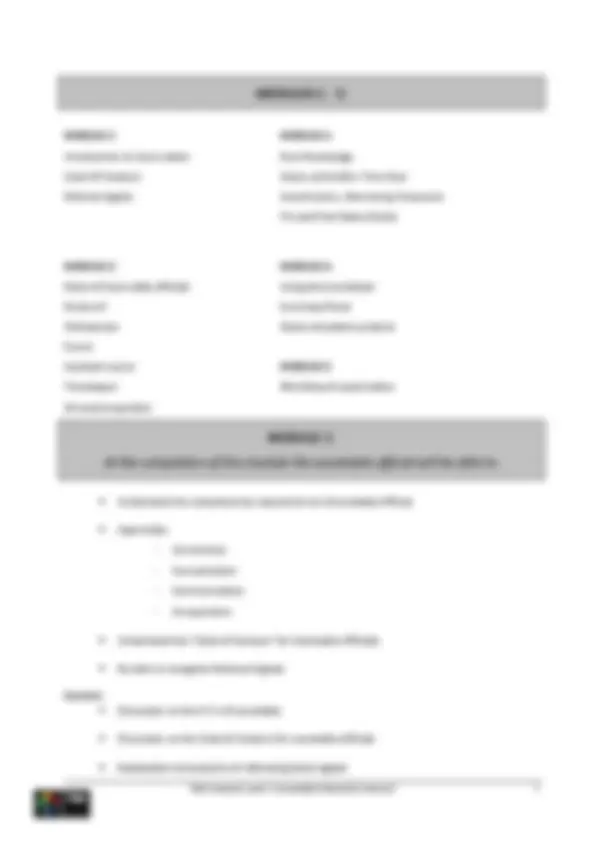
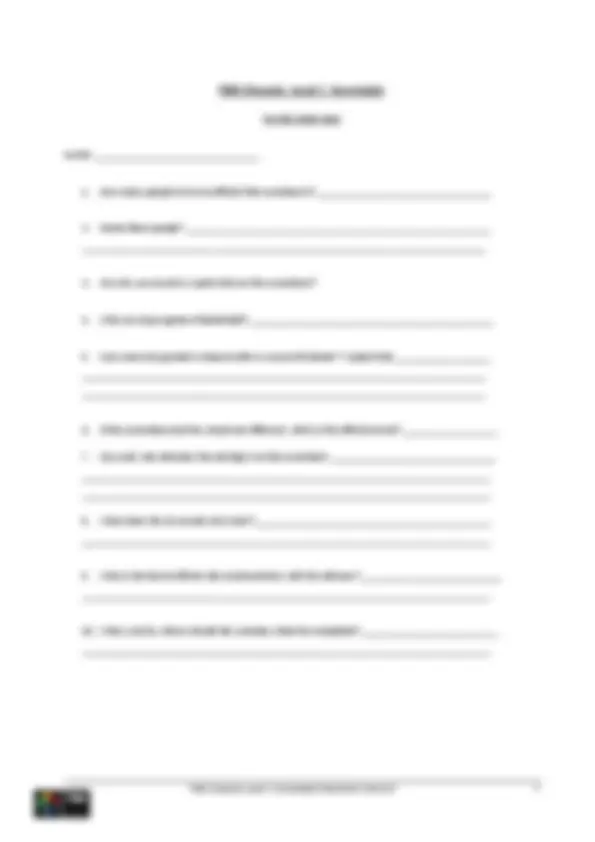
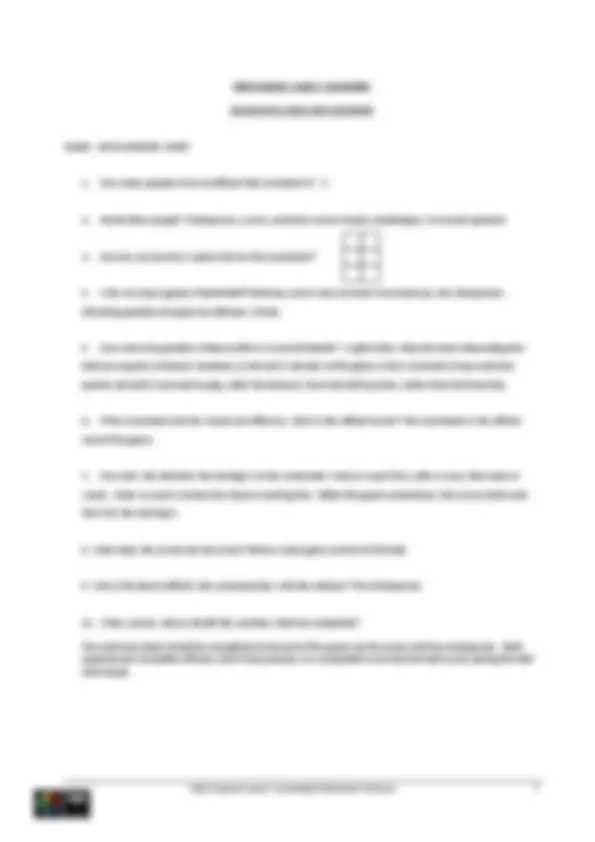
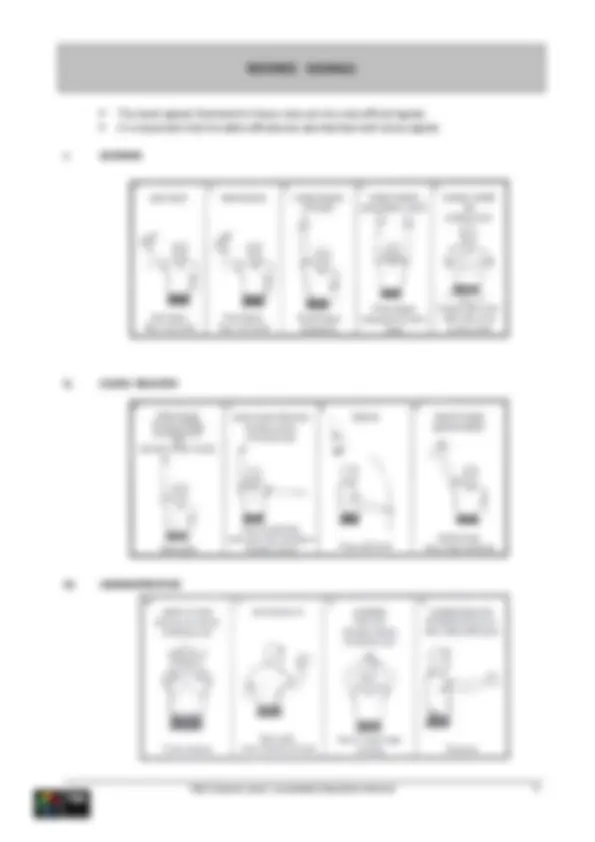
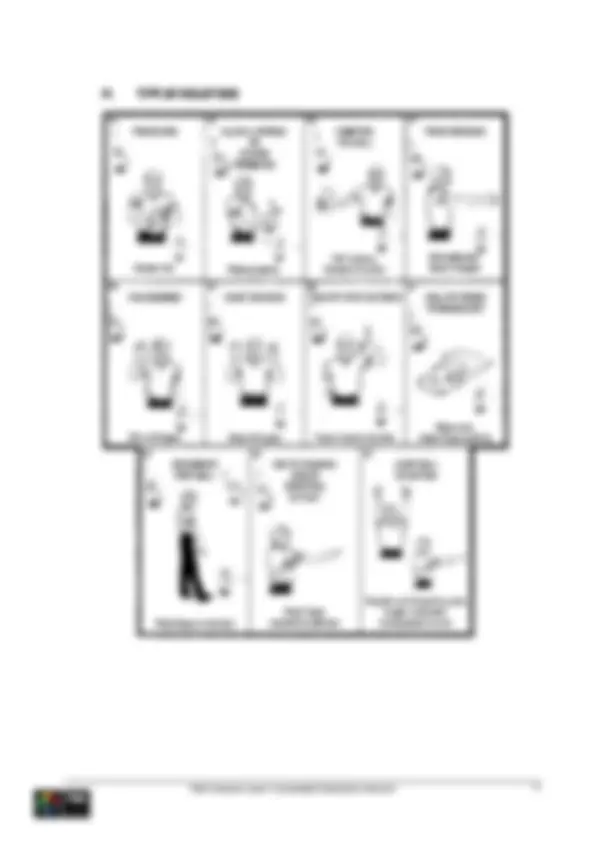
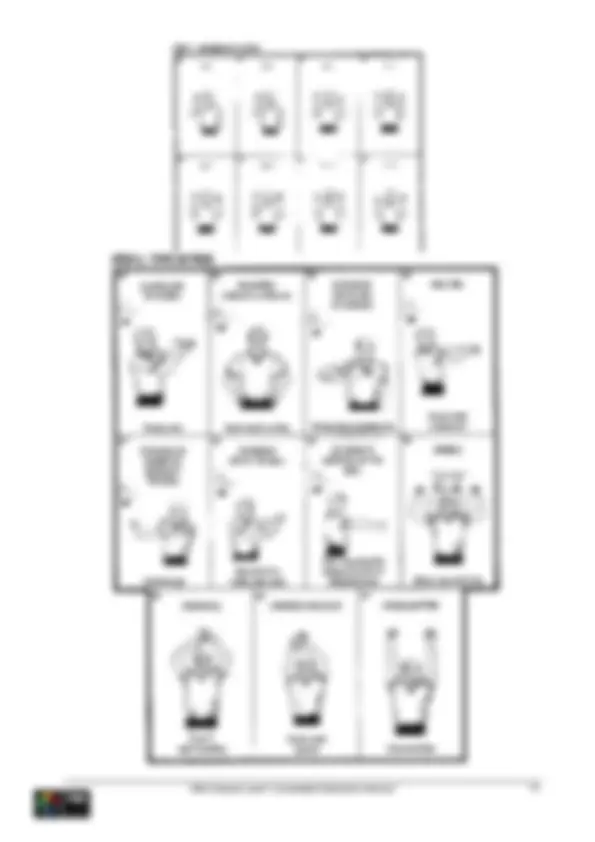
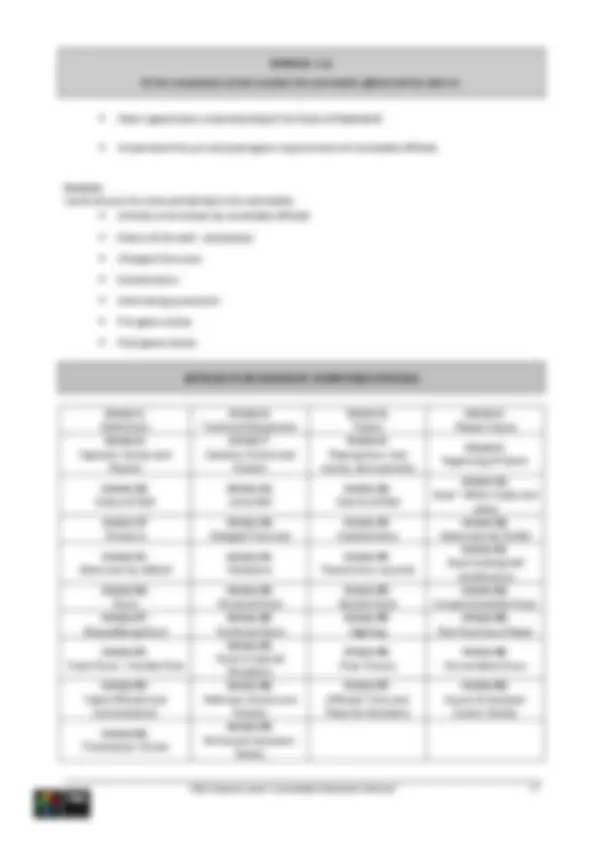
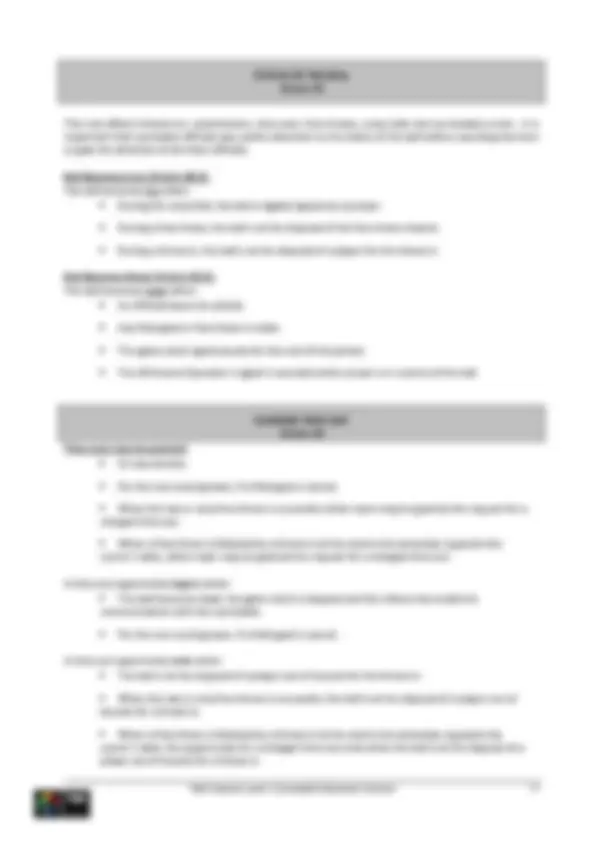
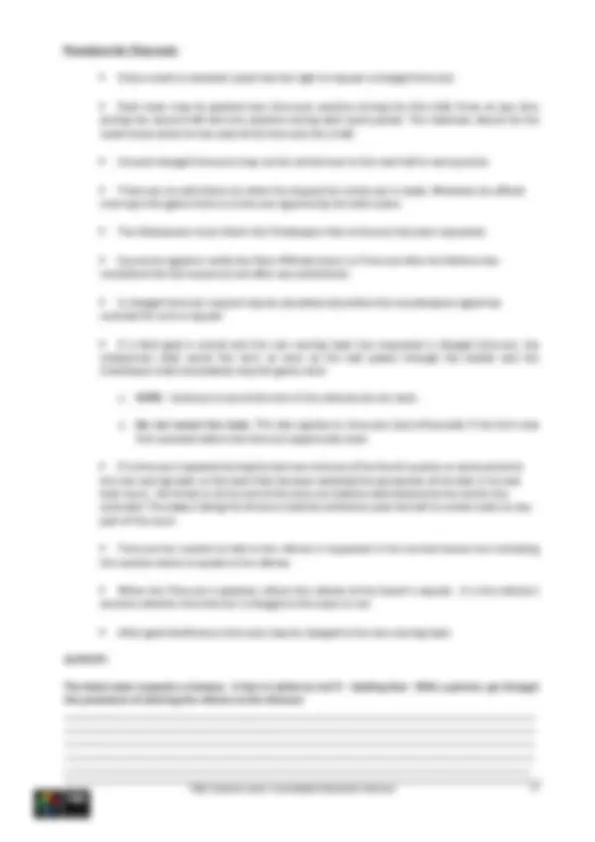
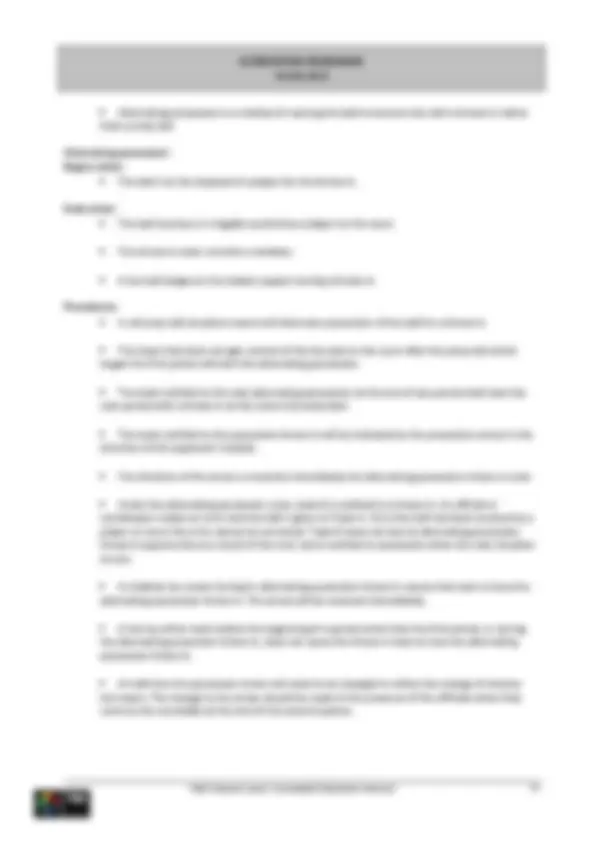
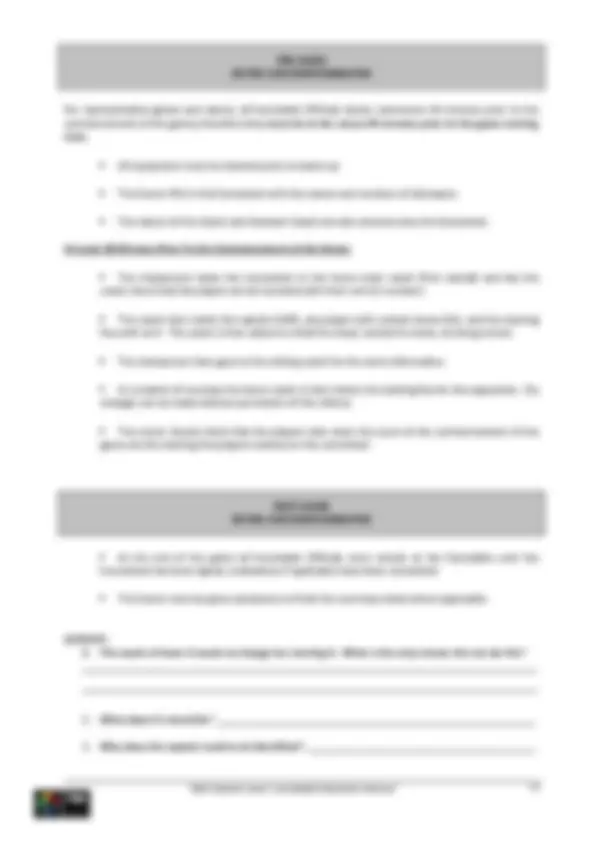
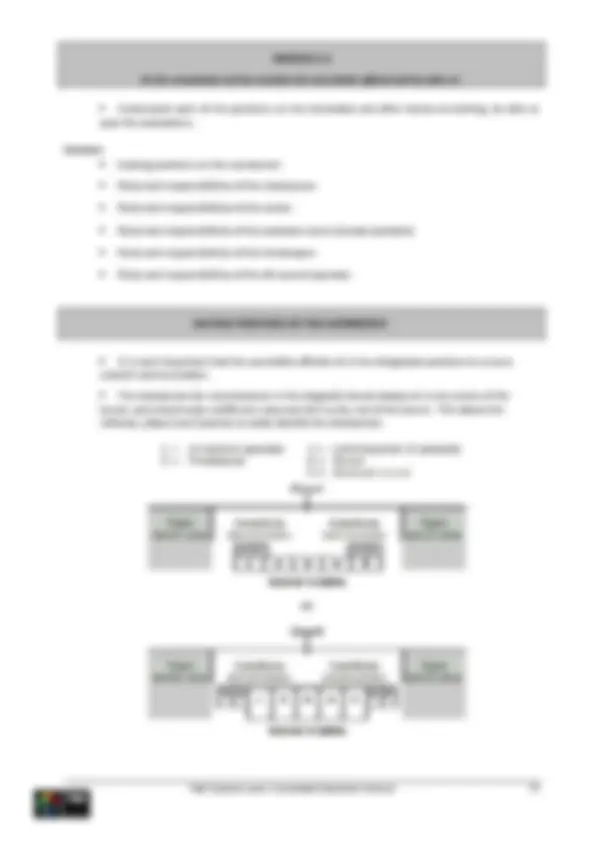
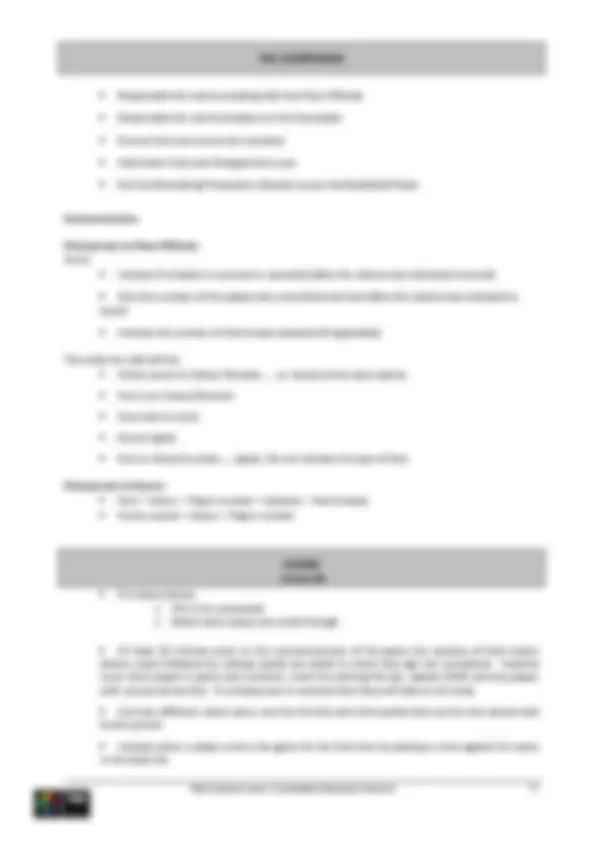
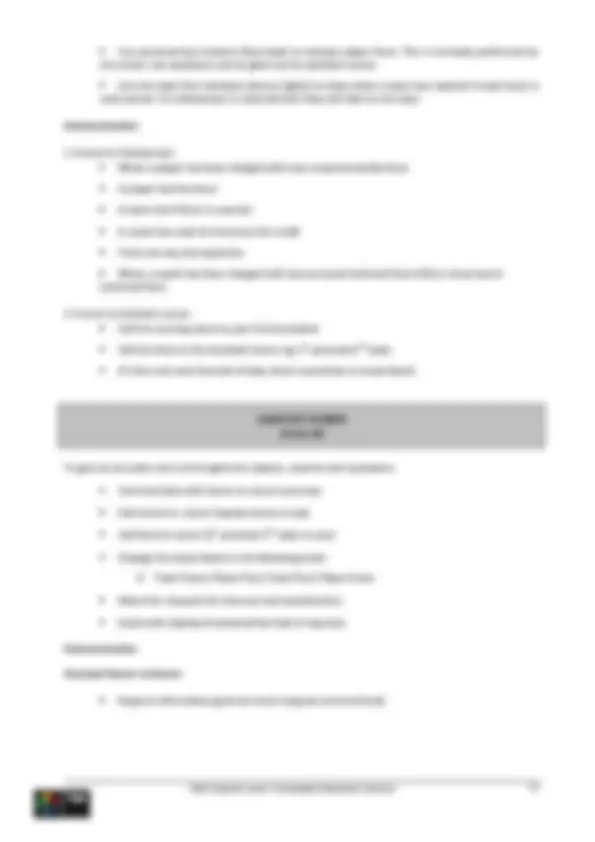
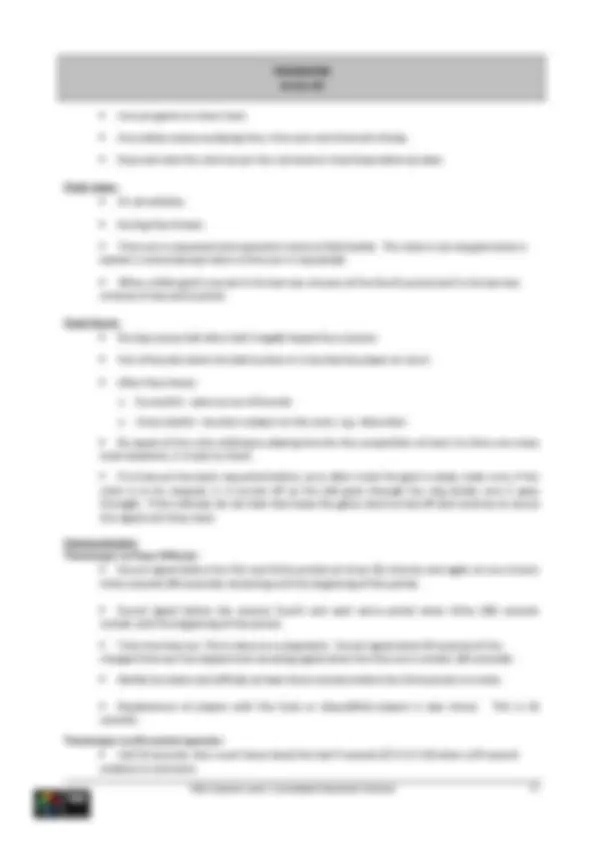
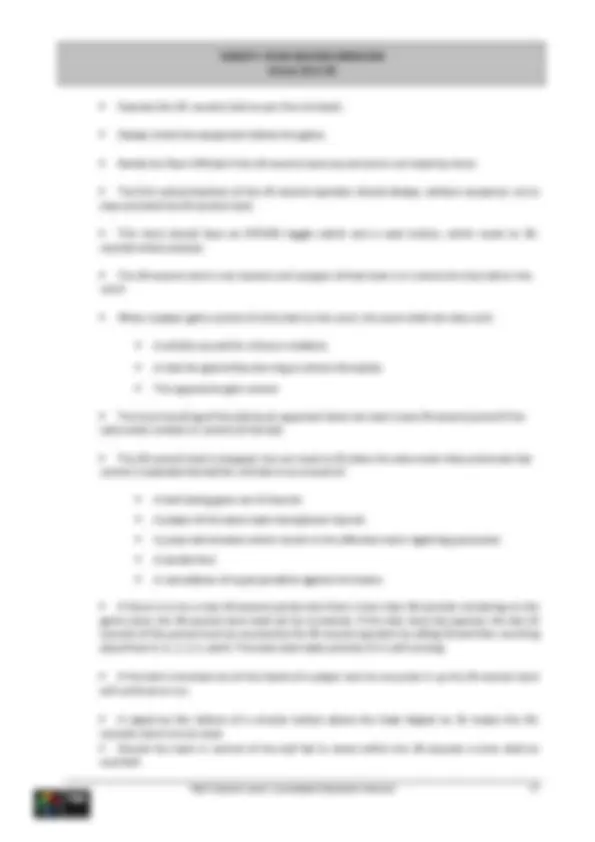
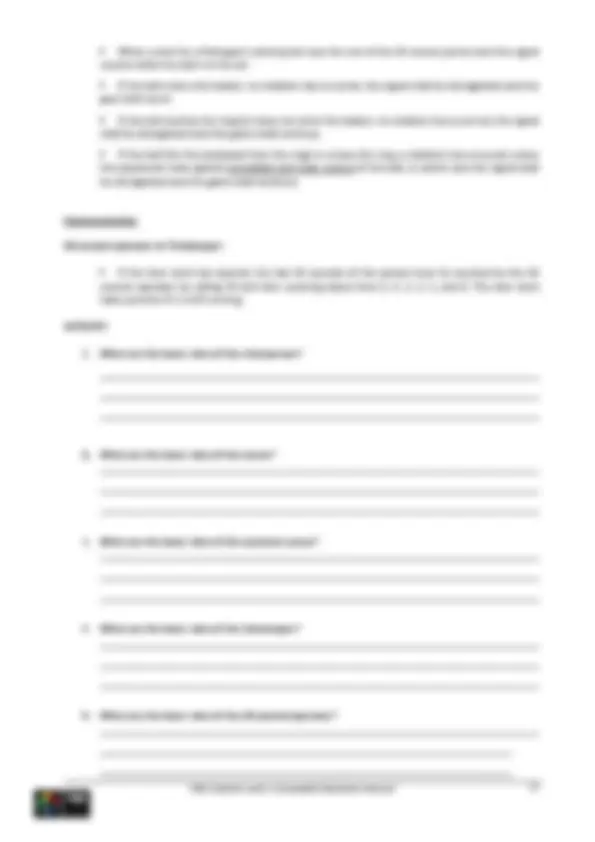
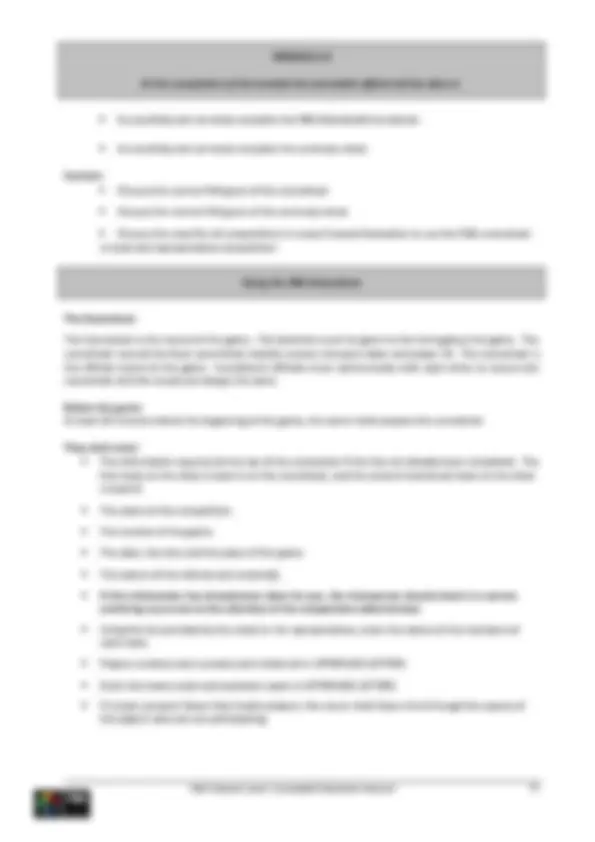
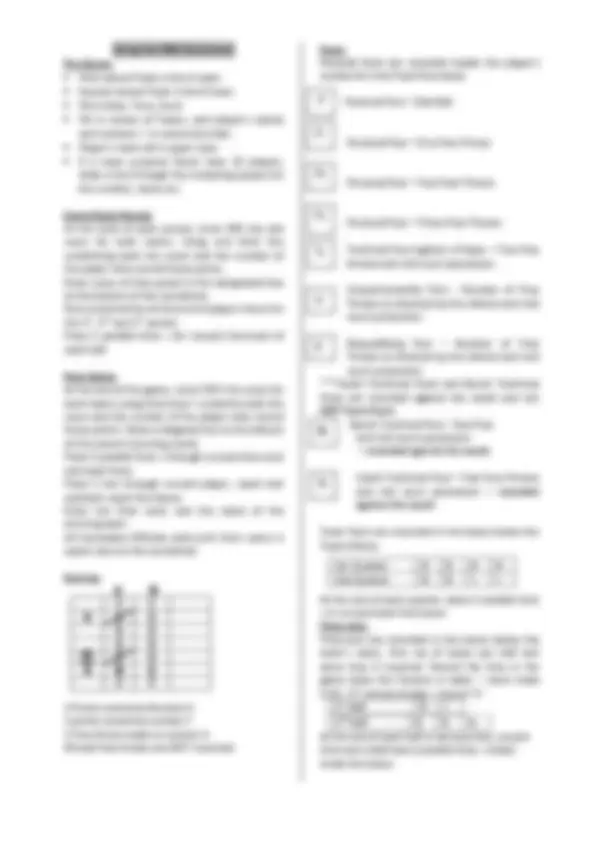
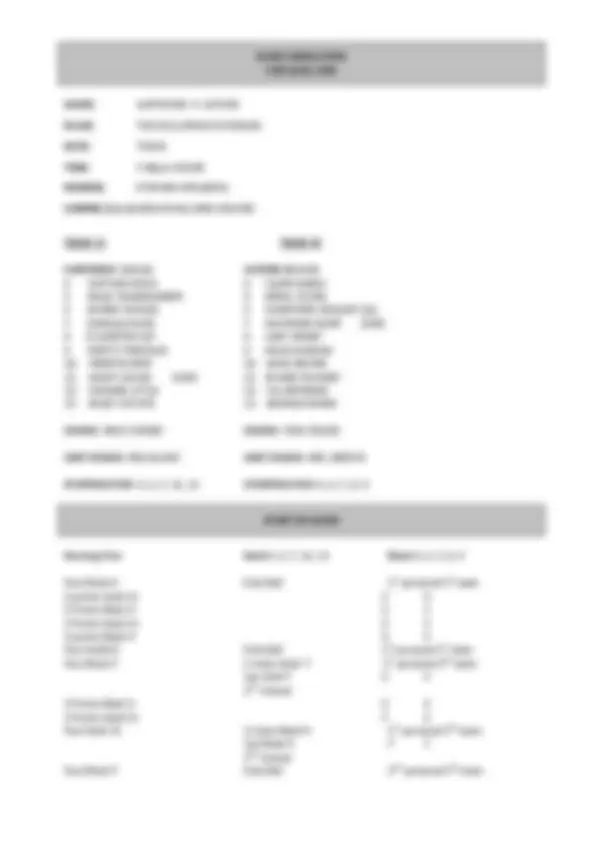
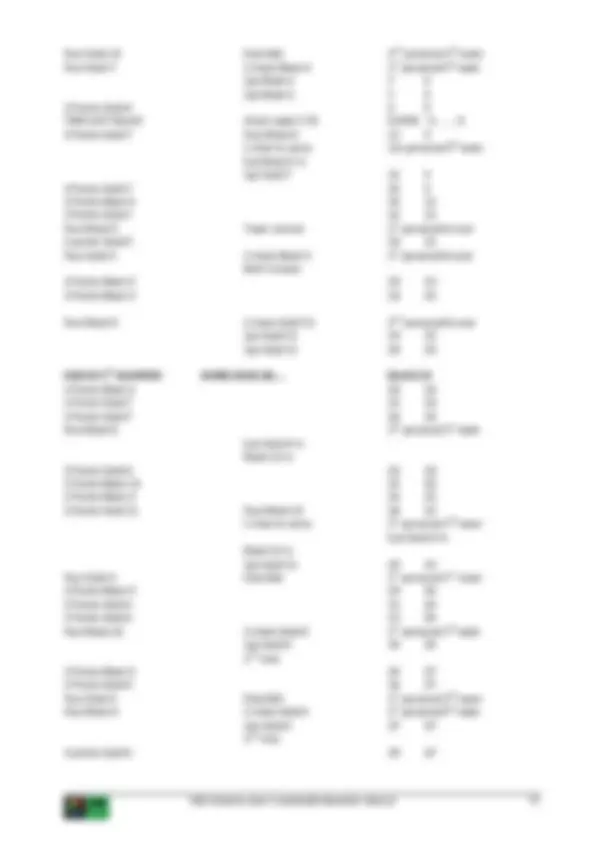
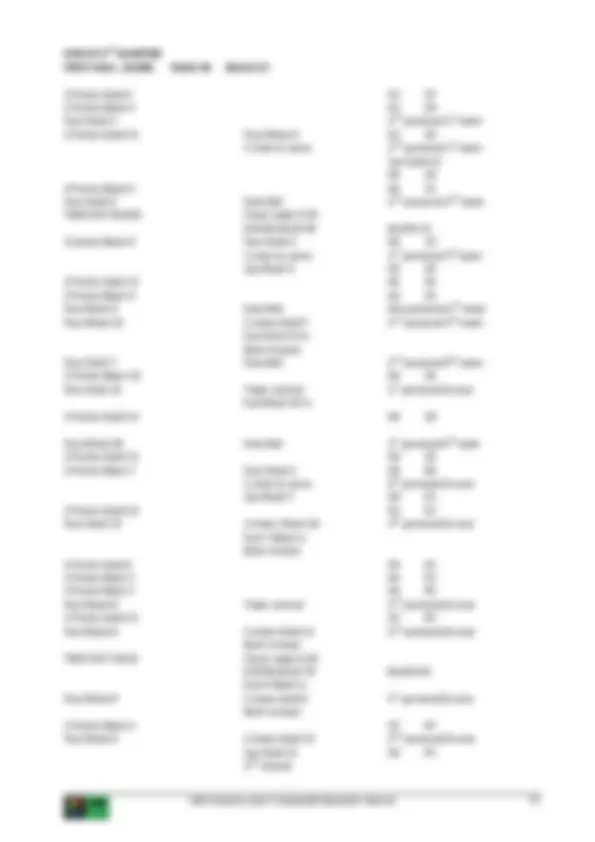
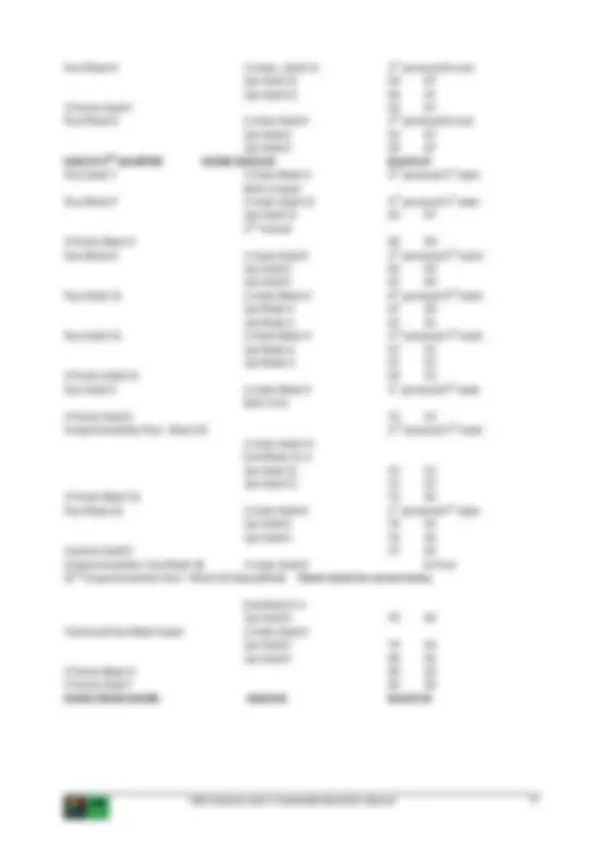
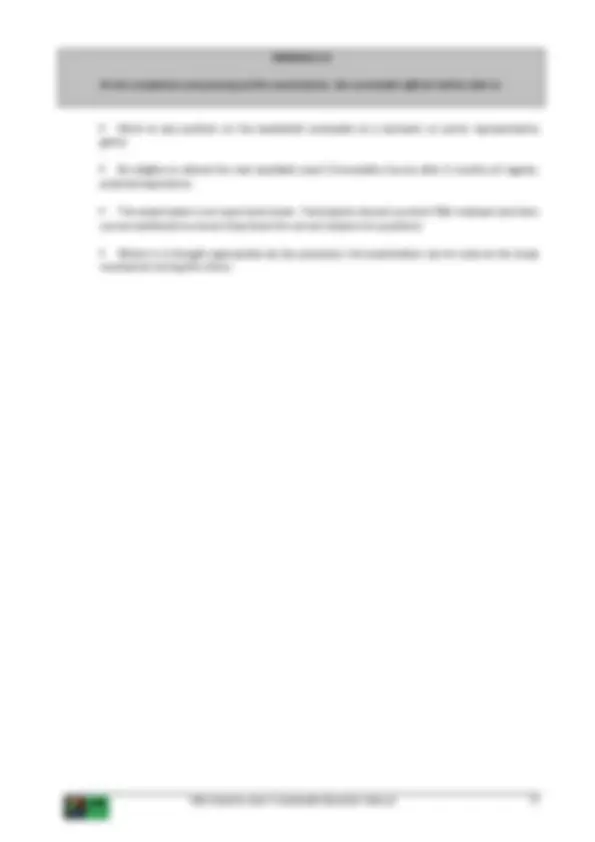
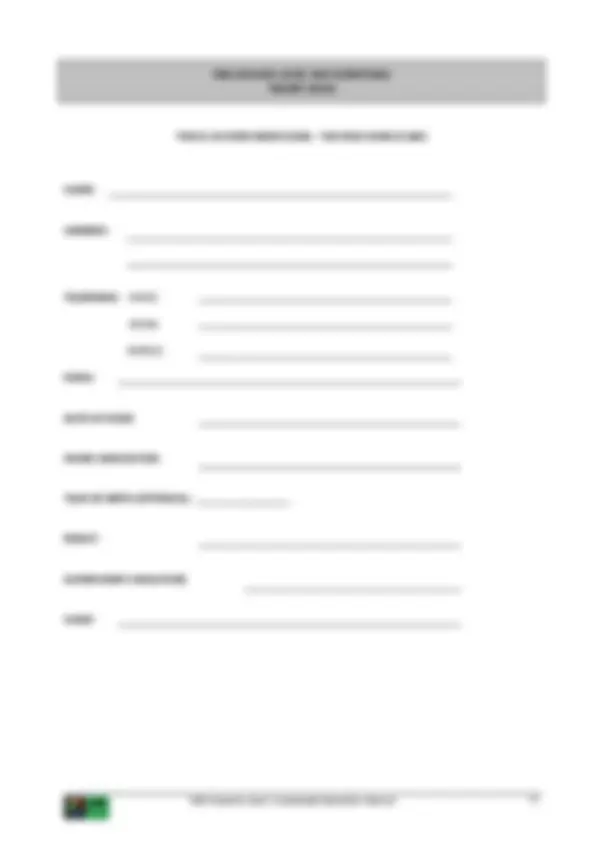
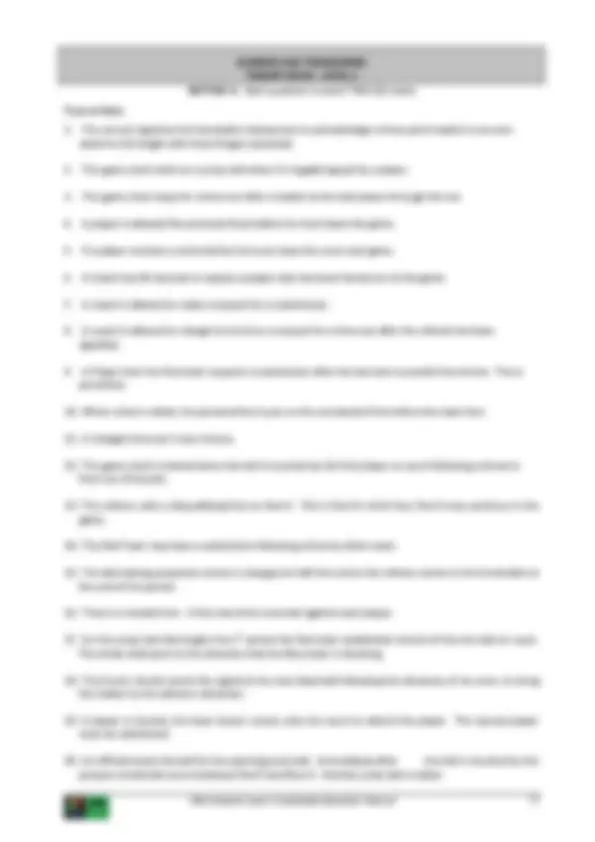
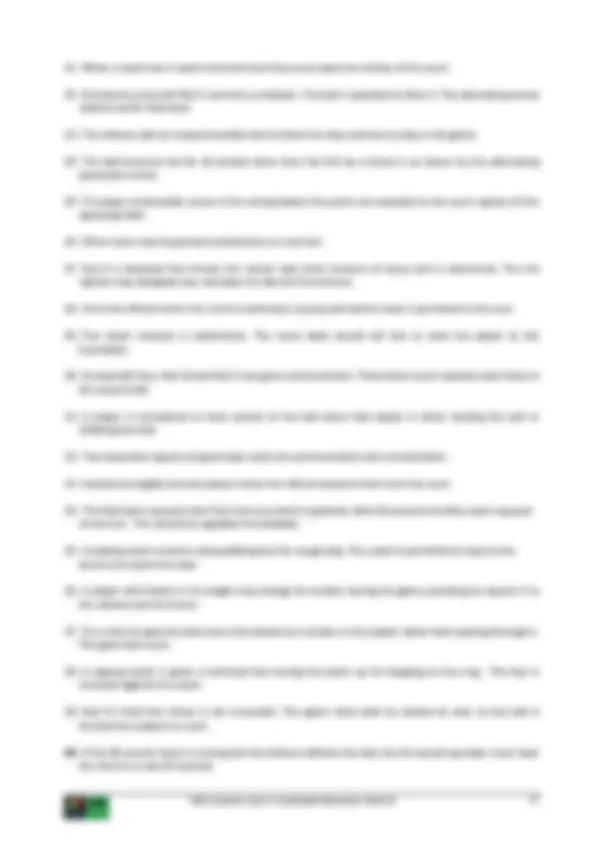
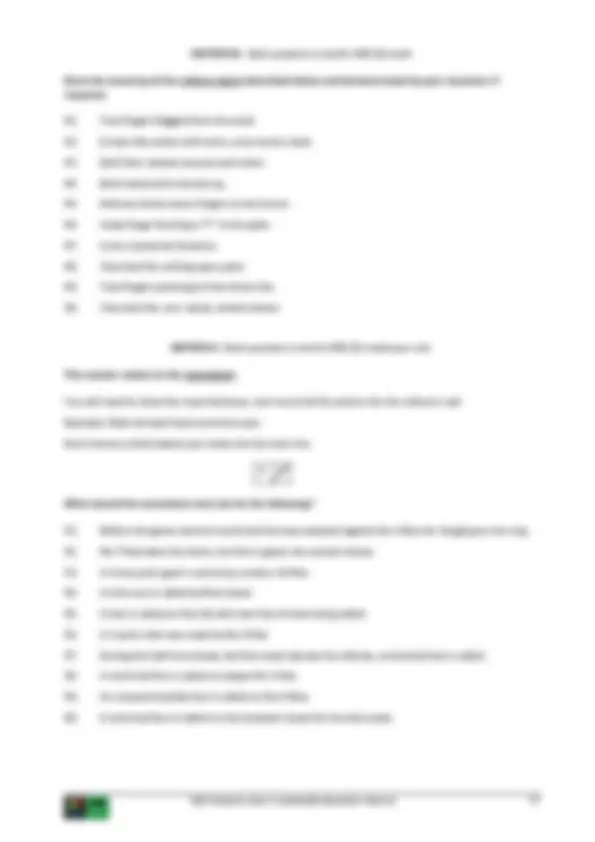
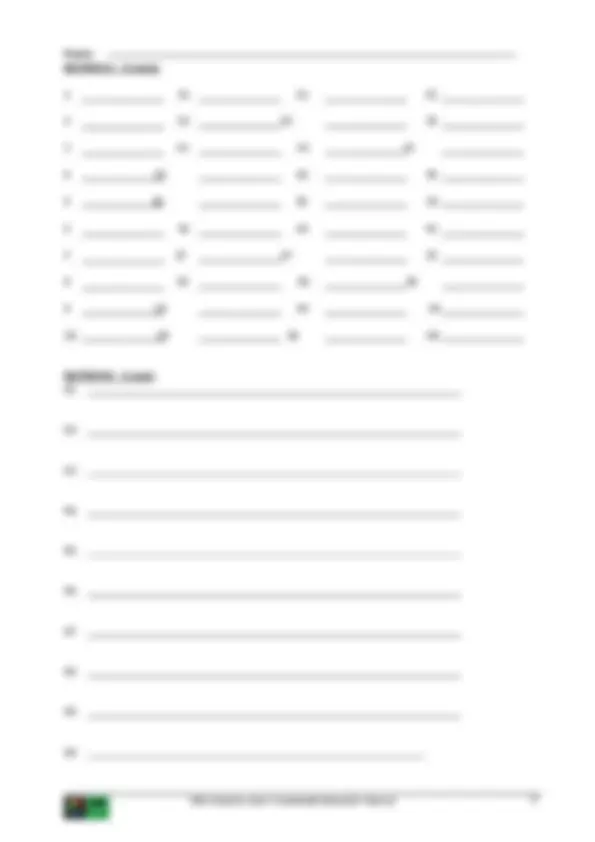

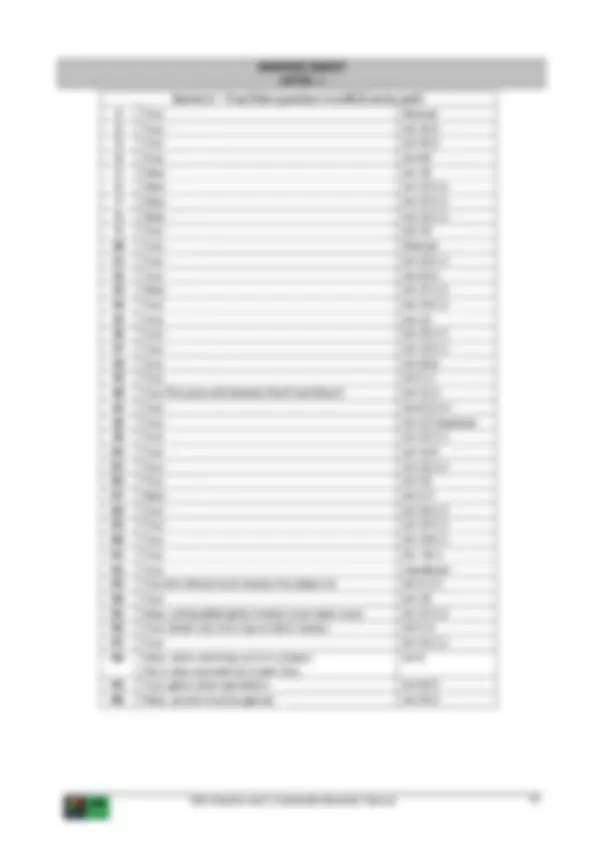
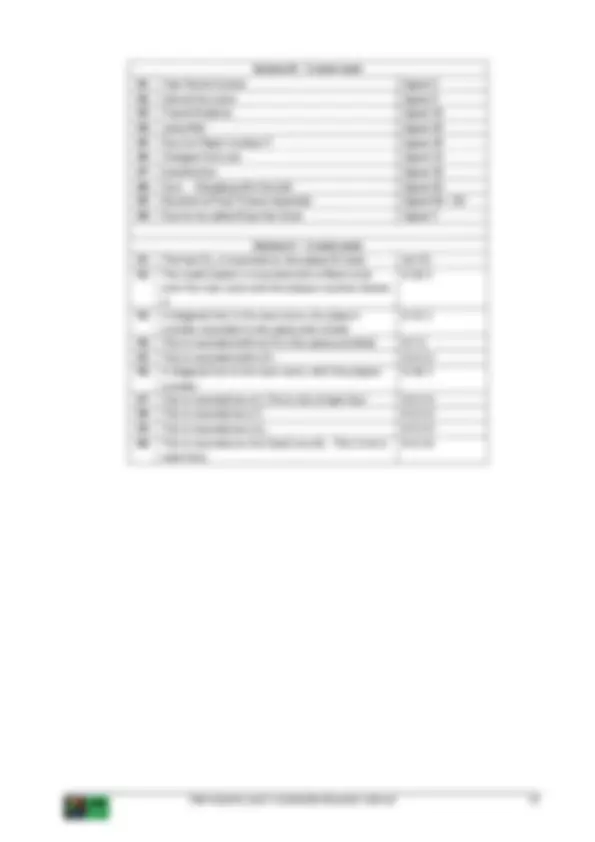
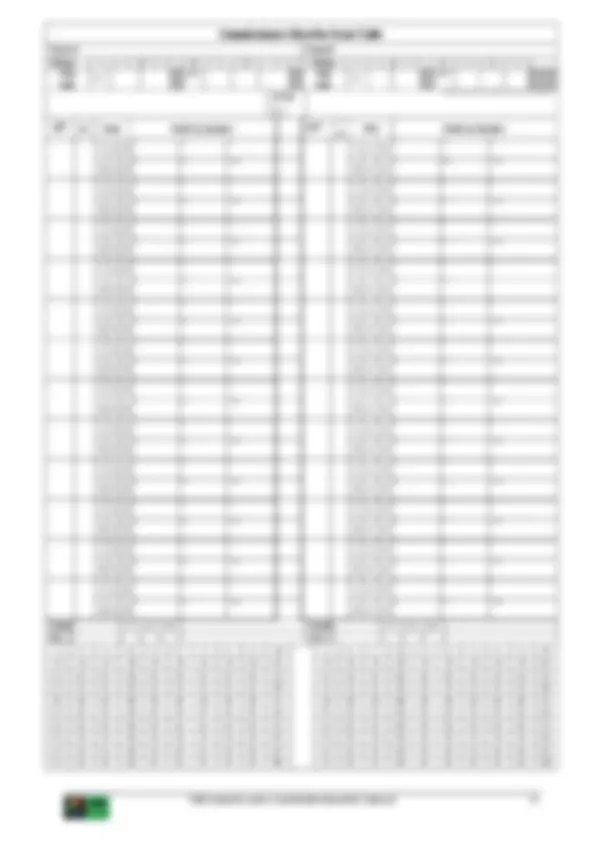


Study with the several resources on Docsity

Earn points by helping other students or get them with a premium plan


Prepare for your exams
Study with the several resources on Docsity

Earn points to download
Earn points by helping other students or get them with a premium plan
Community
Ask the community for help and clear up your study doubts
Discover the best universities in your country according to Docsity users
Free resources
Download our free guides on studying techniques, anxiety management strategies, and thesis advice from Docsity tutors
A comprehensive guide for individuals interested in becoming a scoretable official in basketball according to FIBA Oceania rules. It covers the equipment required, modules on scoretables, roles of scoretable officials, referee signals, and practical exercises. The manual aims to help scoretable officials understand the rules, pre and post-game duties, and communication with other officials.
What you will learn
Typology: Schemes and Mind Maps
1 / 41

This page cannot be seen from the preview
Don't miss anything!


































The FIBA Oceania Level 1 Scoretable Education Manual contains all the information and sample forms that are required for the successful presentation of the course.
The level 1 course is the minimum requirement for officials to complete if they are working benches on the South Pacific Games, Oceania Youth Tournament and the Oceania Senior Tournament.
The examination is an open-book exam, with the participants encouraged to use the rule book to ensure the correctness of their answers.
Certificates should be handed out at the completion of the course, and participant names and results should be forwarded to the FIBA Oceania office for compilation.
FIBA Rule Book
White Board and overhead projector or Data Projector
Pens and pencils
FIBA scoresheet and summary sheets
Score bench – with foul bats and team foul indicators
Electronic visuals
24 second clock and controls
FIBA Oceania Scoretable Certificate
FIBA Oceania registration forms
Using the FIBA Scoresheet & summary sheet – these documents will need to be printed from the accompanying MSExcel file “Sheets to accompany workbook” – This includes incomplete and completed scoresheets and summary sheets for the game simulation exercise.
Referee signals sheets – included in booklet
FIBA articles from the rule book specific to score bench knowledge – included in booklet
Presenters should allow 4 hours for the theory component, at times convenient to participants.
Practical sessions as required to monitor and assess performance
Try this Quick Quiz
NAME: _________________________________
FIBA Oceania Level 1 Scoretable
Introductory Quick Quiz ANSWERS
NAME: WITH ANSWER SHEET
The summary sheet should be completed at the end of the game, by the scorer and the chairperson. With experienced scoretable officials, and if time permits, it is acceptable to do the first half scores during the half time break.
Please complete the following question and answer quiz – printed in the participant’s manual.
1. If you were the bench Chairperson, what action would you take in the following situations:
Officials on your bench were cheering/making comments about the refereeing? ________
Officials have lollies and drinks on the score bench? _______________________________
Officials are making errors in their duties? _______________________________________
Officials are impolite to players and coaches? _____________________________________
At the completion of this module the scoretable official will be able to:
Content: List & discuss the rules pertaining to the scoretable.
Article 1. Definitions
Article 3. Technical Equipment
Article 4. Teams
Article 5. Players Injury Article 6. Captains: Duties and Powers
Article 7. Coaches: Duties and Powers
Article 8. Playing time, tied scores, extra periods
Article 9. Beginning of Game
Article 10. Status of Ball
Article 12. Jump Ball
Article 14. Control of Ball
Article 16. Goal – When made and value Article 17 Throw-in
Article 18. Charged Time-out
Article 19. Substitutions
Article 20. Game lost by Forfeit
Article 21. Game lost by default
Article 22. Violations
Article 29. Twenty-four seconds
Article 31. Goal tending ball interference Article 32. Fouls
Article 34. Personal Fouls
Article 35. Double Fouls
Article 36. Unsportsmanlike Fouls Article 37. Disqualifying Fouls
Article 38. Technical Fouls
Article 39. Fighting
Article 40. Five Fouls by a Player
Article 41. Team Fouls – Penalty Rule
Article 42. Fouls in Special Situations
Article 43. Free Throws
Article 44. Correctable Errors
Article 45. Table Officials and Commissioner
Article 46. Referees: Duties and Powers
Article 47. Officials: Time and Place for Decisions
Article 48. Scorer & Assistant Scorer: Duties
Article 49. Timekeeper: Duties
Article 50. 24-Second Operator: Duties
Article 19
This rule affects throws-ins, substitutions, time-outs, free throws, jump balls and correctable errors. It is important that scoretable officials pay careful attention to the status of the ball before sounding the horn to gain the attention of the floor officials.
Ball Becomes Live (Article 10.2): The ball becomes live when:
Ball Becomes Dead (Article 10.3): The ball becomes dead when:
Article 18
Time-outs may be granted:
charged time-out.
scorer’s table, either team may be granted the request for a charged time-out.
A time-out opportunity begins when:
communication with the scoretable.
A time-out opportunity ends when:
bounds for a throw-in.
scorer’s table, the opportunity for a charged time-out ends when the ball is at the disposal of a player out of bounds for a throw-in.
Article 19
Substitution opportunity begins when :
communication with the scoretable.
period or the last two minutes of each extra period,
There is no restriction on the number of substitutions that may be affected by either team.
scorer’s table, either team may be granted a substitution. There is no restriction on the number of substitutions that may be affected by either team.
game clock is stopped. This is a substitution opportunity for teams before the ball is thrown in from the baseline after the score. In the last two minutes of the fourth quarter or any extra period only the team with the throw-in is permitted to have a substitution.
Substitution opportunity ends when:
the ball is at the disposal of a player out of bounds for a throw-in.
scorer’s table, the opportunity for a substitution ends when the ball is at the disposal of a player out of bounds for a throw-in.
sanction for a failure to report. The important factor here is to avoid having players on court that are not eligible to play.
He shall go to the scorer’s table and ask clearly, making the proper signal with his hands or by sitting on the substitution chair. He must be ready to play.
completed the foul sequence.
request.
of injured, disqualified or fouled out players.
time and any interval of play before commencing any extra period. For this purpose ONLY , half time is not taken as an interval of play.
intervals of play.
shooter or person in a jump ball.
foul or has been disqualified.
respectively re-enter or leave the game until the ball becomes dead again, after a clock-running phase.
following a field goal in the last two minutes of the fourth period and each extra period unless an official has interrupted the game or the non-scoring team has been granted a substitution.
The black team requests a substitution. A shooting foul called on red 5 – 2 shots to 6 black foul. With a partner, go through the procedure of alerting the referee to the substitution.
For representative games and above, all Scoretable Officials duties commence 30 minutes prior to the commencement of the game; therefore they must be at the venue 45 minutes prior to the game starting time.
At Least 10 Minutes Prior To the Commencement of the Game:
coach check that the players are all recorded with their correct numbers.
five with an X. The coach is then asked to initial the sheet, beside his name, as being correct.
changes can be made without permission of the referee.
game are the starting five players marked on the scoresheet.
Scoresheet has been signed, evaluations if applicable have been completed.
1. The coach of team A wants to change her starting 5. What is the only reason she can do this?
At the completion of this module the scoretable official will be able to:
pass the evaluations.
Content:
smooth communication.
bench, and should wear a different coloured shirt to the rest of the bench. This allows the referees, players and coaches to easily identify the chairperson.